I must admit I was a little bit nervous about the prospect of driving in Oman. Driving in the Middle East is like a box of chocolate: you never know what you are going to get. On the one hand, you can get Turkey with its excellent network of roads, well-posted road signs, and well-behaved drivers (Istanbul taxi drivers are an exception). On the other hand, you can get Egypt with dusty, potholed roads and chaotic driving culture, where turning on lights at night is optional, it is ok to run an occasional red light, and it is mandatory to honk as much as you can while trying to pass other drivers, pedestrians, and donkeys, all sharing the same lane. So, I was a little bit apprehensive, to say the least. Yet, because renting a car was the only practical way to visit as many places as possible in Oman, we had no choice but to head to the car rental office upon our arrival at Muscat International Airport.
After driving through the deserts and mountains of Oman for 16 days, I am happy to report that Oman is one of the best countries for a road trip. Seriously!
These are my 6 observations about driving in Oman.
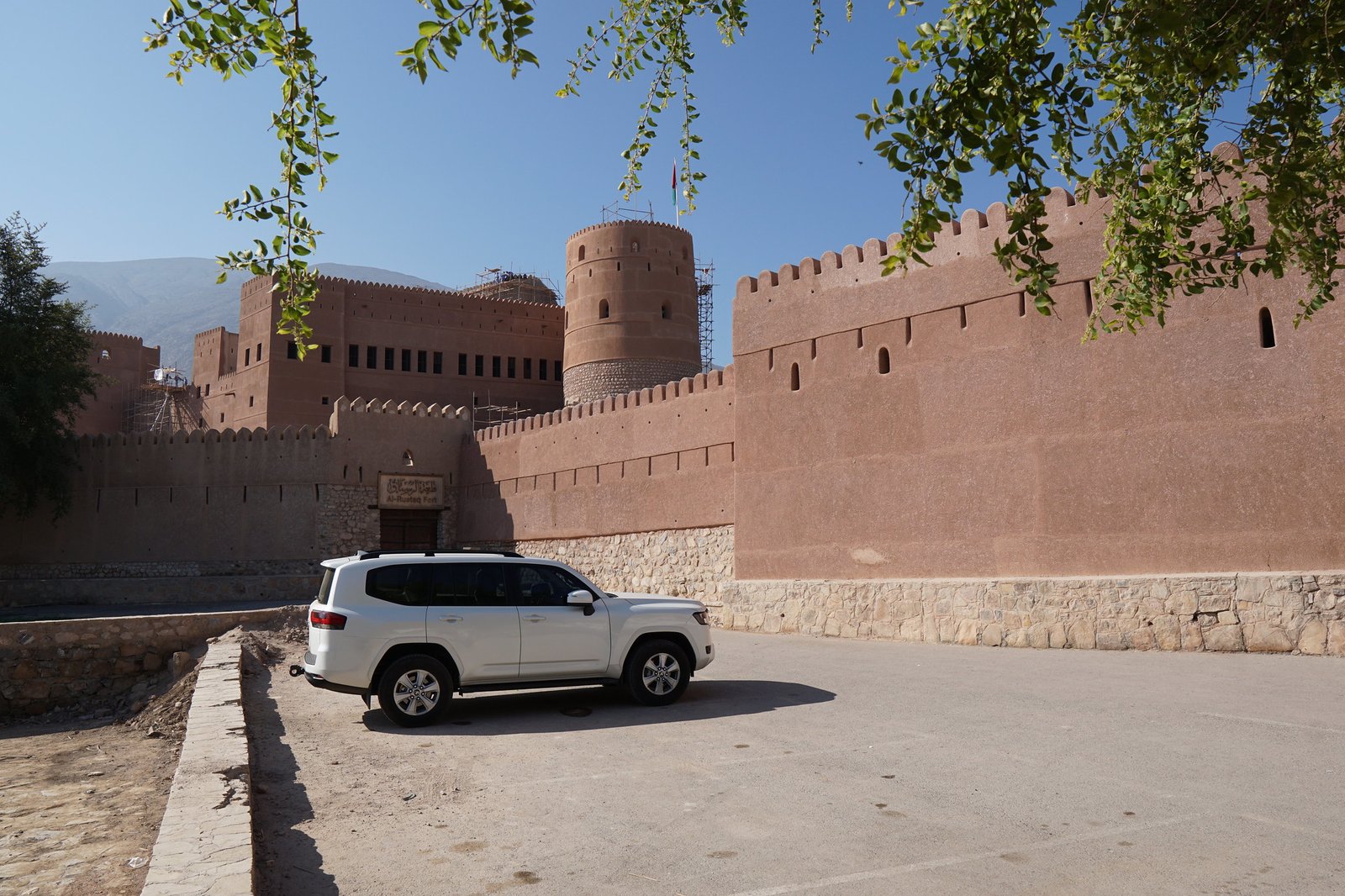
1. Excellent Roads
One of the first things you immediately notice in Oman is its excellent roads. I cannot stress this enough. We did not expect that even in some remote parts of the country, in the middle of nowhere, the roads would be paved and well-lit. The roads are also well-posted with signs in both English and Arabic, and it is very difficult to get lost or not find your way. On top of that, the roads are free (no tolls!). Driving on Omani roads was an easy and enjoyable experience. And this is especially mind-blowing, considering that in 1970, the country had only 10 km of paved roads around the capital. During his 50-year reign (1970-2020), Sultan Qaboos made the country’s infrastructure his priority, and modern-day Oman boasts very impressive roads. And the work is not done yet as the construction carries on even under the new sultan. As we were heading from the coast towards a desert camp, we witnessed how additional sections of the connecting road were being built and were in different stages of completion. Of course, what helps Oman tremendously in maintaining its roads, aside from the continued investment from the government, is the climate. Oman does not experience harsh winters, so naturally, it is easier to keep the roads in good condition.
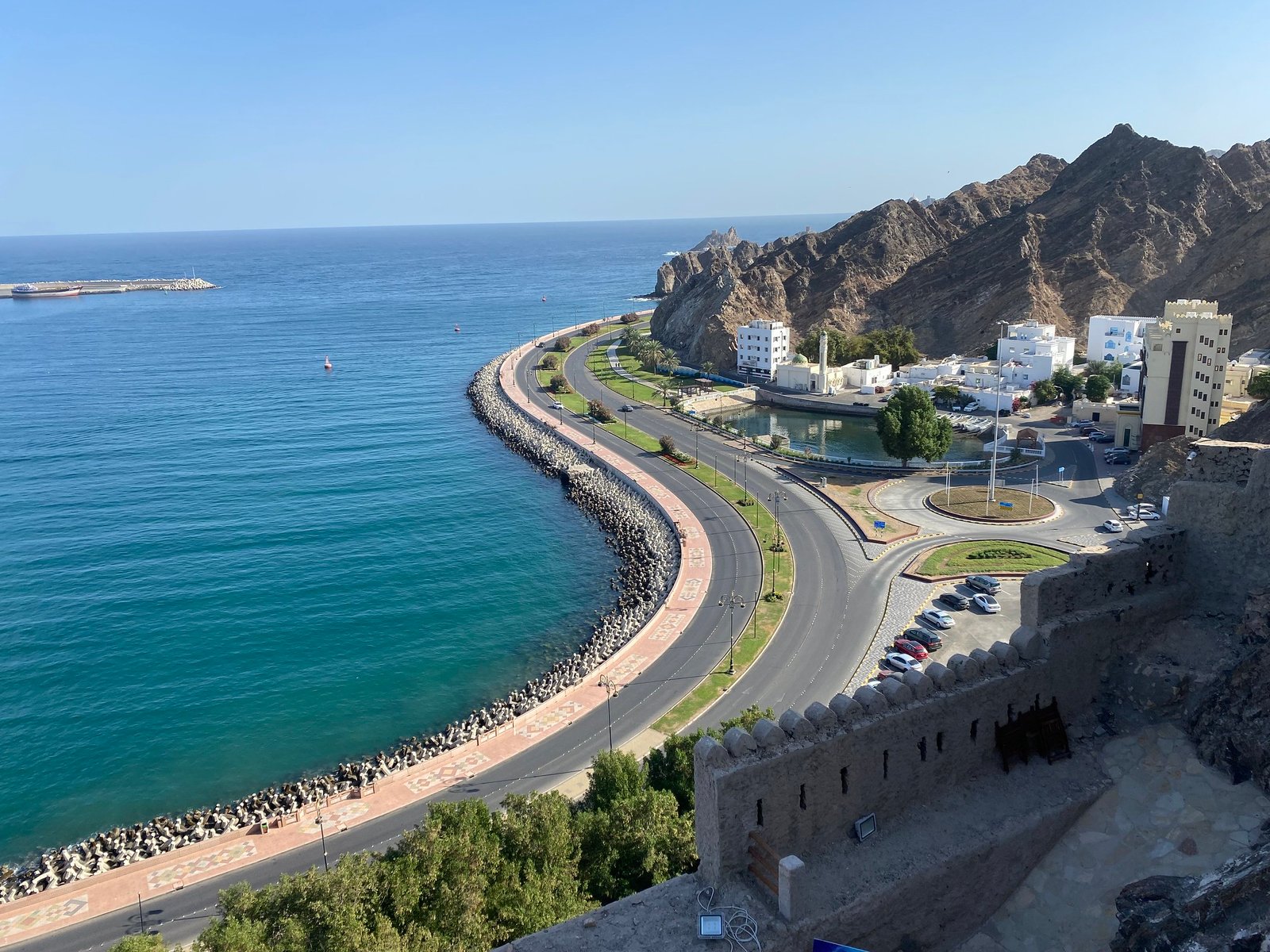
2. Relaxed Driving Culture
I am not sure if it is due to the general friendliness of the Omani people or Oman being a prosperous country, but the local driving culture is very laid back. We found local drivers to be calm, polite, and respectful of others. We did not see any extreme or aggressive behavior on the road, and the relaxed culture made driving in Oman an absolute joy. The only time we saw crazy driving was when we were transferred to our desert camp with our driver flying through the desert sands as a maniac but that was part of the fun of getting to the camp, to the point that we even decided to skip dune bashing activity offered by the camp as we already had a dose of that on the way to the camp.
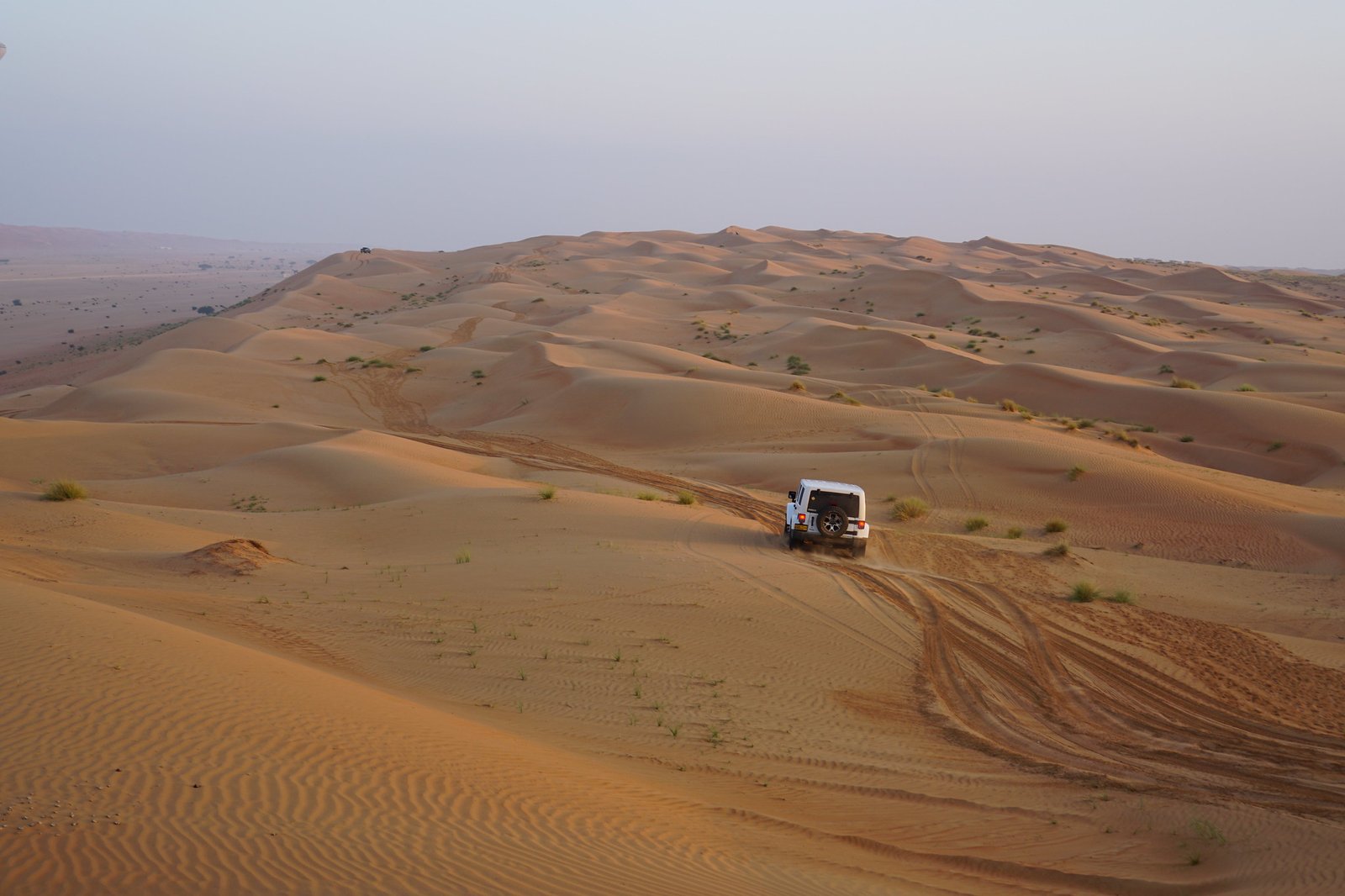
3. No Traffic and Free Parking
No matter where we went, there was no traffic in Oman, including in Muscat at rush hour. The roads were never busy, and we often found ourselves being the only car on the road. The country is so vast that it is easy not to get trapped and stuck in traffic. Our favorite thing about driving in Oman, however, was that paid parking is almost a non-existent concept there. During the entirety of our trip, we did not pay for parking even once, including in some swanky and busy locations such as the Royal Opera House and Sultan Qaboos Mosque in Muscat. As long as you do not block other cars or streets, you are free to park wherever you want, and it will cost you nothing. It felt weird at first, but we adjusted that it was ok to leave the car at random places and find it later in the same spot and not be ticketed for improper parking. There was only one busy place in Muttrah that required parking payment but we were visiting shortly after the death of the Emir of Kuwait and there was a three-day mourning in Oman that even parking payments were not charged. At least that’s how it was explained to us.
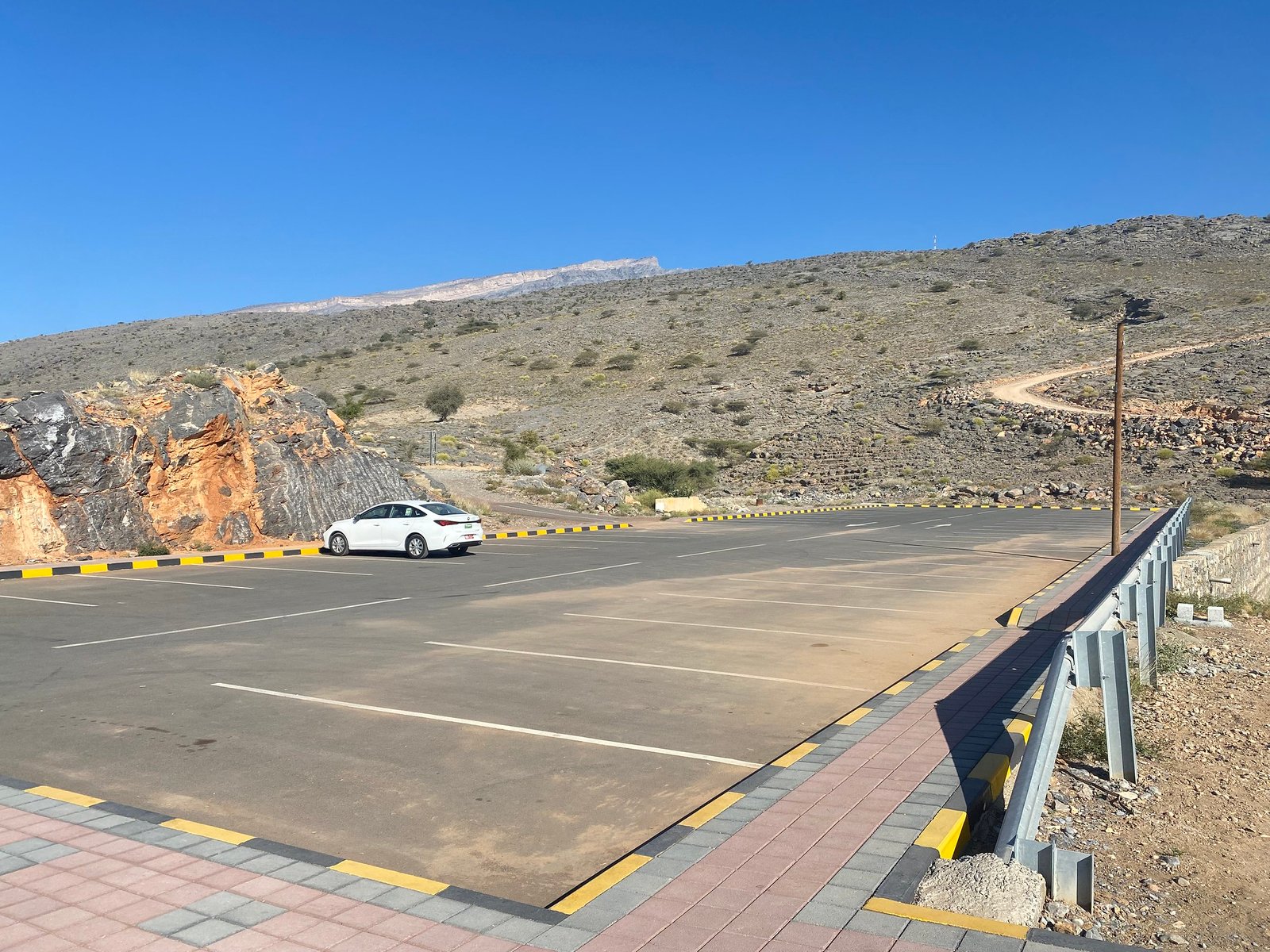
4. 2WD v. 4WD Dilemma
One of the perplexing issues, before we went to Oman, was whether to rent a four-wheel drive or a regular two-wheel sedan. There were conflicting reports on the Internet with some people claiming that a four-wheel drive was a must, while others said that a two-wheel drive would do the trick. Because the cost of renting a four-wheel drive was twice as much as renting a sedan, we opted for a sedan.
There was only one day when we needed a 4WD to visit Saiq Plateau and Jebel Akhdar. And for that, we just hired a 4WD for a couple of hours to take us up and down the mountain. Other than that, driving a sedan was just fine to get to most places. There was another mountain, Jebel Shams, to which the road was paved except for a 10km section, where I had to exercise extreme caution and drive slowly, but a 4WD was not needed to get there. Of course, for those who want to do some off-road driving and visit more remote villages hidden in the Hajar Mountains, you will need a 4WD.
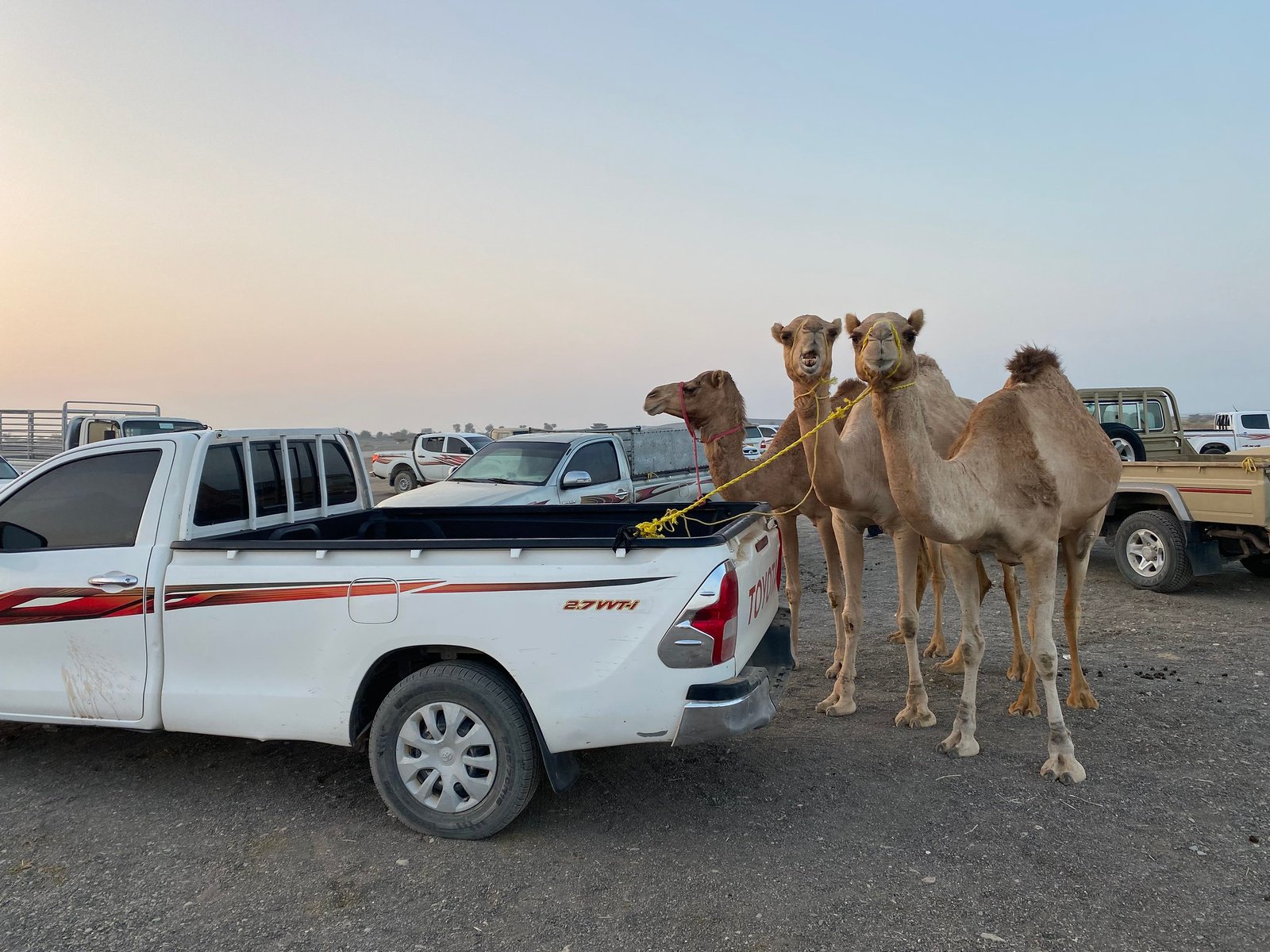
5. Traffic Rules Enforcement
We did not see a lot of traffic cops, or any cops, for that matter. During the entirety of our trip, we saw maybe two or three police cars, and even those were parked and not doing much. The way the roads are controlled and road rules are enforced is through video cameras that are ubiquitous and installed along most roads. The maximum speed limit in Oman is 120 km/hr, and I tried my best to comply with it. However, because the roads are so great, it was so easy often to inadvertently cruise over the speed limit. In addition to Julia whispering from the passenger’s seat that I was going over the limit, the car also made beeping noises every time I would go over 120 km/hr. Deep inside, I was afraid that despite the lack of police presence, we would be stuck with a substantial fine for my accidental speeding when we returned the car. At the car rental office, as we were wrapping our trip, the agent examined the vehicle, found no damage, and even complimented my driving for not even scratching the car. I was anxiously waiting for him to go inside the office, check the computer, and come back with a whopping bill for all the speeding that I had done during our trip. Luckily, that did not happen.
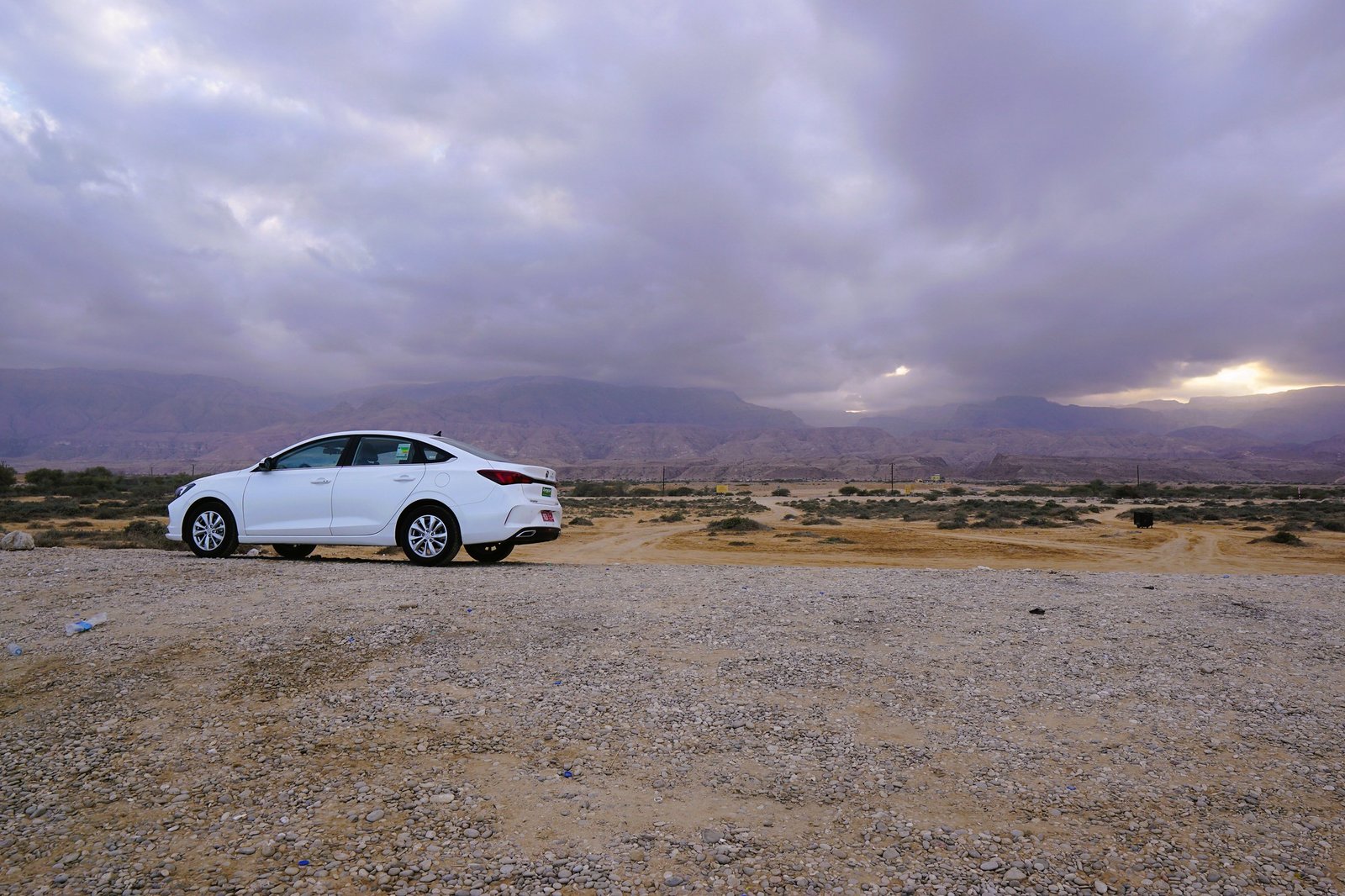
6. Speed Bumps
The only thing that we did not like about driving in Oman were the speed bumps that were everywhere, including on major roads, and often unmarked, appearing out of nowhere. There were too many agonizing moments when one of us would notice a speed bump last second and scream at the top of our lungs “TOPE!!!” (the Spanish word for “speed bump” that we somehow adopted) but it would be too late with our car being mercilessly thrown into the air. It was a miracle that we did not damage the car. So, Oman, next time, please have fewer speed bumps or mark them well!
All in all, if you plan to visit Oman, renting a car is the way to go and the best way to see this lovely country. Enjoy the ride! Just look out for those camels that occasionally may cross the road!
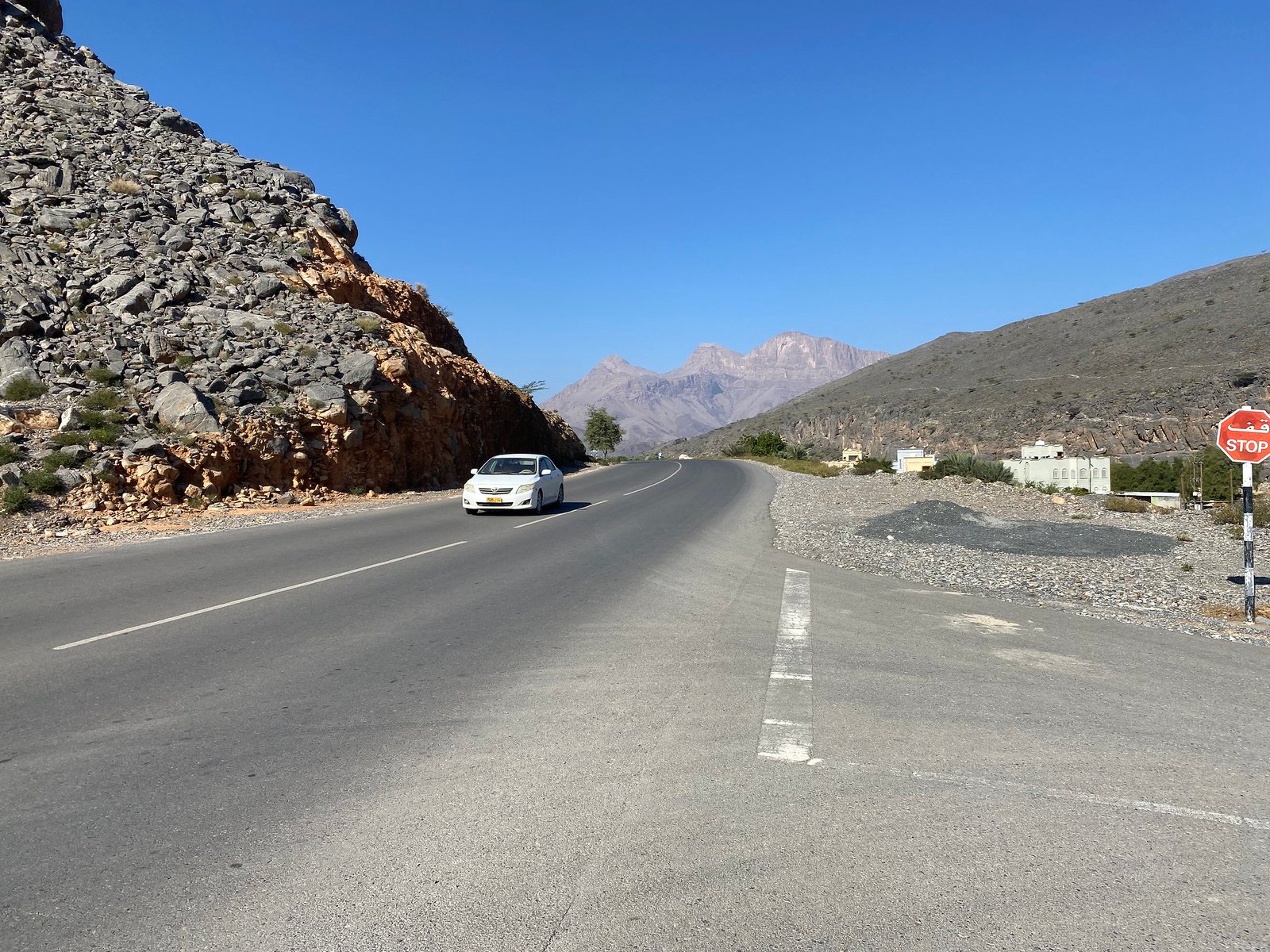
Today, this little travel blog celebrates 5 years. Thank you for being with us all these years!!! And to more travels and travel stories!!

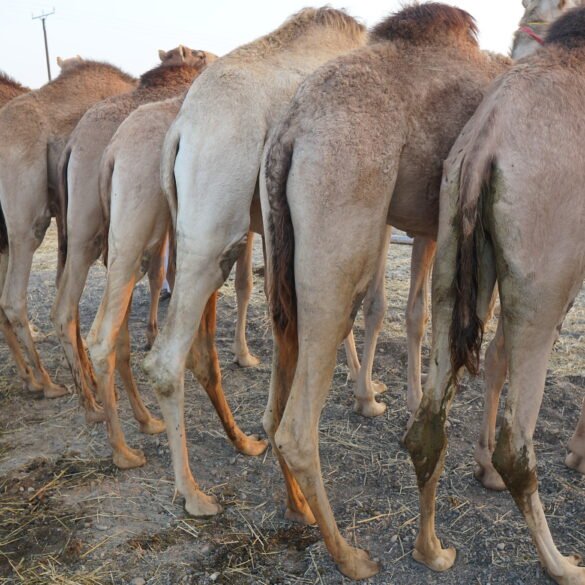
Great, thank you!